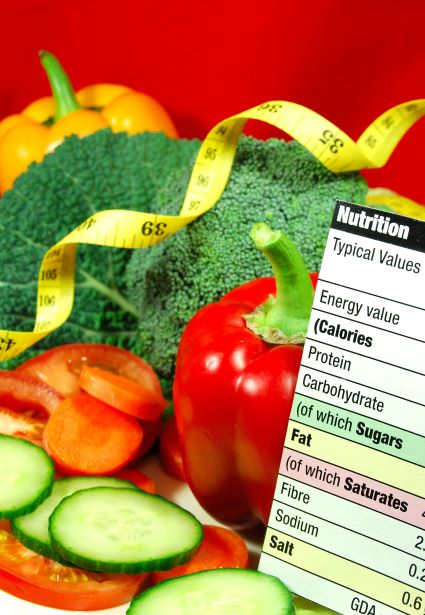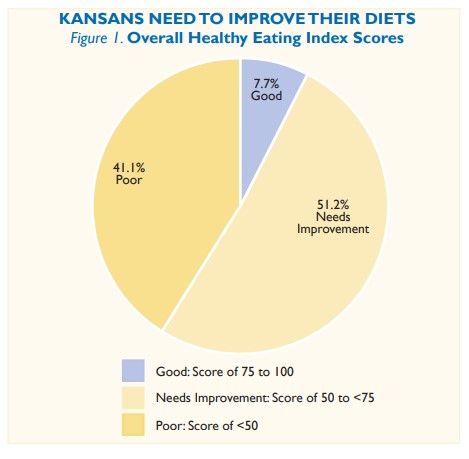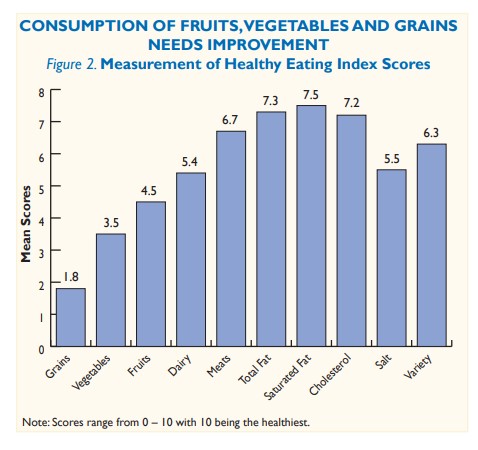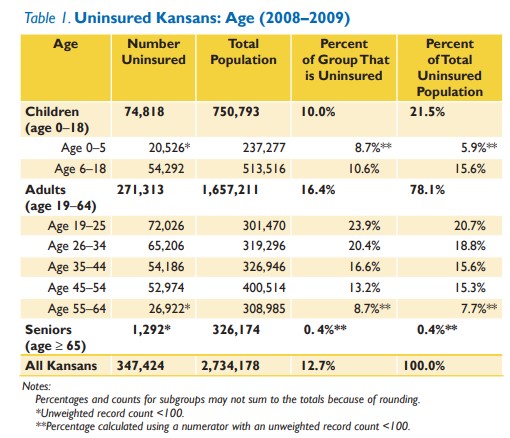Study Results
Diet and nutritional choices directly impact health and wellness. A balanced diet supports an individual’s well-being. Poor dietary habits can contribute to obesity and chronic conditions such as diabetes, heart disease and cancer. Data from the Kansas Health and Nutrition Survey were used to calculate respondents’ Healthy Eating Index scores, a measurement that assesses overall dietary quality. According to the study:
-
- A majority of Kansans were unaware of the USDA’s recommended dietary guidelines and an even greater number failed to consume a healthy diet.
- Only 8 percent of Kansans followed a diet that achieved a “good” score on the Healthy Eating Index; the remainder consumed diets rated as either “needs improvement” or “poor.”
- Women consumed a better diet than men, as did adults age 50 and older compared to those younger than 50.
- Behaviors such as usually eating breakfast, reading food nutrition labels and dieting positively in.uenced nutritional decisions.
Background
The United States Department of Agriculture’s Center for Nutrition Policy and Promotion developed the Healthy Eating Index (HEI) in 1995 to measure the overall quality of individuals’ diets. The HEI score re.ects how closely a diet follows the daily serving recommendations of the USDA’s Food Guide Pyramid. The score is a composite of ten dietary components: dairy, fruits, grains, meats, vegetables, total fat, saturated fat, total cholesterol, sodium and dietary variety. Each component is measured on a scale of zero to 10, thus the range of possible HEI scores falls between zero and 100. The higher the score, the more closely the diet conforms to the recommended guidelines.
Data and Methodology
The Kansas Health and Nutrition Survey (KHANS) was designed to gather Kansas-specific data for factors that influence eating and physical activity behaviors. The survey was conducted as a telephone interview and modeled after the Kansas Behavioral Risk Factor Surveillance System.
A total of 2,170 survey interviews were conducted with households across the state of Kansas, and responses included 662 black and 909 Hispanic households. In the interest of understanding the higher rates of obesity among minority populations, KHANS was designed to over-sample minority households in order to provide a sufficient sample for sub-population analysis. Demographic data from the U.S. Census Bureau were utilized to identify blocks of telephone numbers with highest proportions of racial and ethnic minority households.
All analyses used statistical weighting techniques to accurately estimate obesity and obesity-related risk factors for the general population of Kansas, as well as for minority subpopulations. Multivariate statistical techniques were employed to assess interactions among the factors that influence obesity, and to identify which factors exerted the strongest influence on eating and physical activity behaviors.



